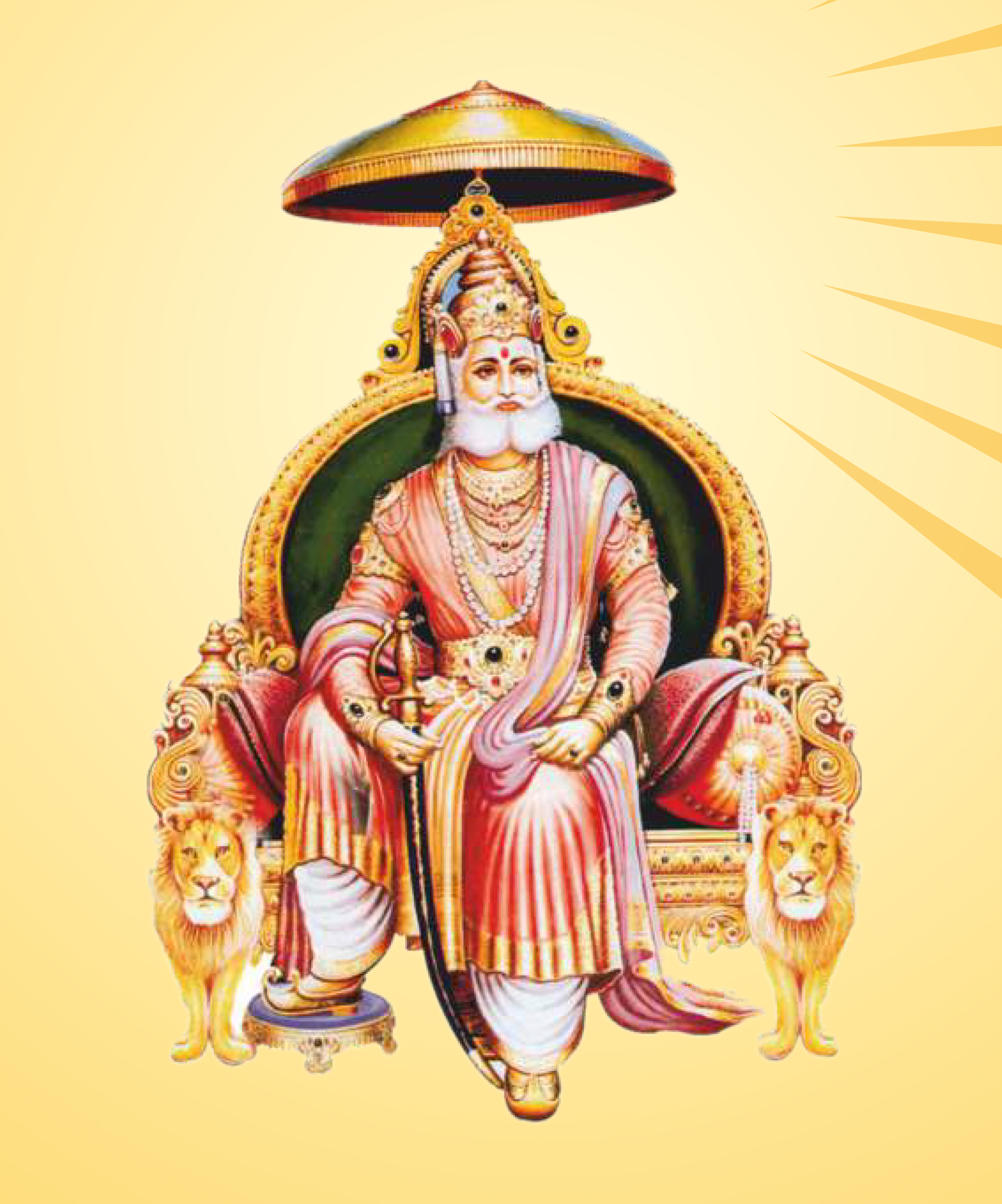


Maharaja Agrasain Dham is located in Bagnan of Howrah district in West Bengal. This Dham is being built on a 300 bigha plot. Late Karmayogi Pushkarlal Kedia and the representative organization of Agarwal Samaj of Eastern India have played a critical role in the construction of Maharaja Agrasain Dham. The ideals and principles of Maharaja Agrasain inspired us to resolve to build Agrasain Dham. Maharaja Agrasain is known for social upliftment, thus the purpose of building Agrasain Dham is also social upliftment, in which we are implementing services to uplift education, health, training, self employment, and cultural. Maharaja Agrasain Dham is not only a religious sight for the people but also a new inspiration for the youth and society.
Maharaja Agrasain was an ideal man and the best national leader of his era, who renounced the Kshatriya religion and adopted the Vaishya religion. Maharaja Agrasain is not only a source of inspiration for Agravansh but also an ideal for all humanity. A large section of society is unaware of these golden ideals of Maharaja Agrasain, which inspired us to lay the foundation of Agrasain Dham so that people can understand Arya culture more deeply. In the known history, after Maryada Purushottam Ram, Maharaja Agrasain started strong democratic administration, an ideal family system, the establishment of socialism, non violence for self enlightenment, and well organized married life with truth and harmony. Carrying forward these same traditions and ideals, his descendants did many remarkable works, like building schools, colleges, hospitals, libraries, temples, and dispensaries to uplift the society.
Maharaja Agrasain Ji was a warrior, king and social reformer who was born on 15 September 3082 BC (5102 years ago), Vikram Samvat 01 Ashwin 3139 BC (5159 years ago). Sanatani (Aryan) by birth, considered to be the 15th generation of Lord Shri Ram Ji (Vishnu Avatar) in the last phase of Dwapar Yuga.
Being the son of Maharaja Vallabh ji and Queen Bhagwati Devi, (King of Pratap Nagar in today's Rajasthan) Maharaja Agrasain ji was a messenger of sacrifice, compassion, non-violence, peace, a symbol of world prosperity and a true socialist.
One brick one coin was the policy given by Maharaja Agrasain ji to his entire empire.
1 brick to start residence building and 1 coin to start your business.
Prince Agrasain ji was very famous for his kindness, who never discriminated against anyone and his courtiers were very pleased with the way he conducted himself during his childhood.
Unfortunately, his father Maharaja Vallabh ji was martyred during the Mahabharata war, which began on 22 November 3067 BC during the struggle of the Pandavas for the throne of the Hastinapura kingdom. The Pandava side was led by Lord Krishna who was 55-56 years old. Maharaj Vallabh ji's Prince Agrasain ji was 15 years old at the time of martyrdom, being the eldest son, Prince Agrasain ji was made the successor.
Maharaja Agrasain ji married Princess Madhavi, daughter of King Nagraj ji, in Swayamvar. In the Swayamvar, Princess Madhavi wore a garland and chose Prince Agrasain ji. this marriage This resulted in a blending of two different family cultures. Prince Agrasain ji was of Suryavanshi and Princess Madhavi was of Nagavanshi. Indra, the king of the gods, was attracted by the beauty of Princess Madhavi. He had decided to marry her. However, Indra now knew that it was impossible to marry Princess Madhavi. As a result, this

Maharaja Agrasain Dham works with the mission of social, cultural and religious upliftment of the society, also builds schools, colleges, hospitals, libraries, temples and dispensaries. Through which we will implement works like education, health, training, self employment and cultural upliftment.
The vision of Maharaja Agrasain Dham is to work towards the ideals and principles of Maharaja Agrasain Ji. It is designed to provide education, health, self employment To help in creating training, social and cultural upliftment, ideal family system, healthy democracy, socialist state and social harmony
